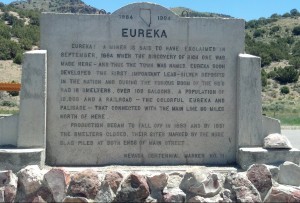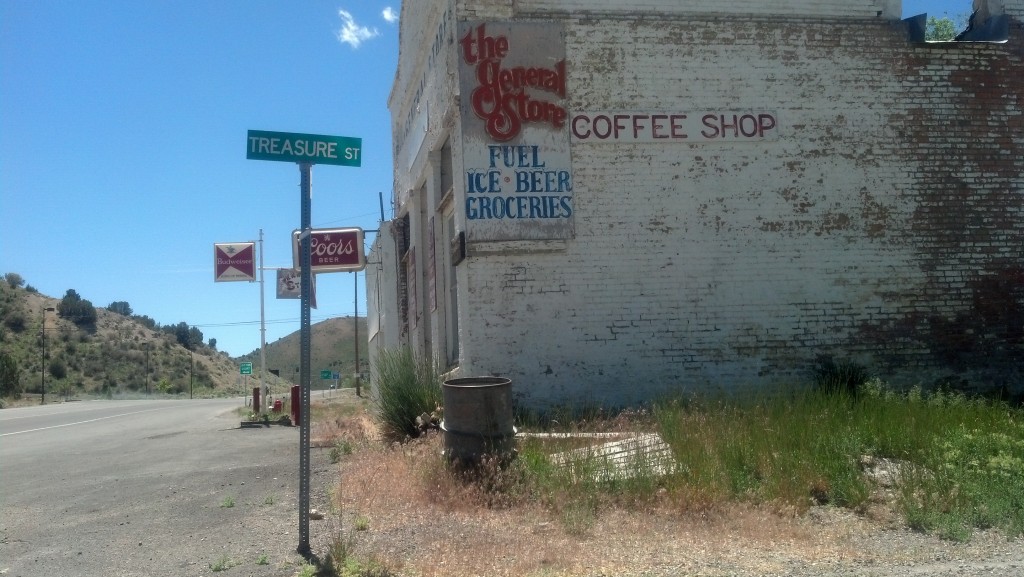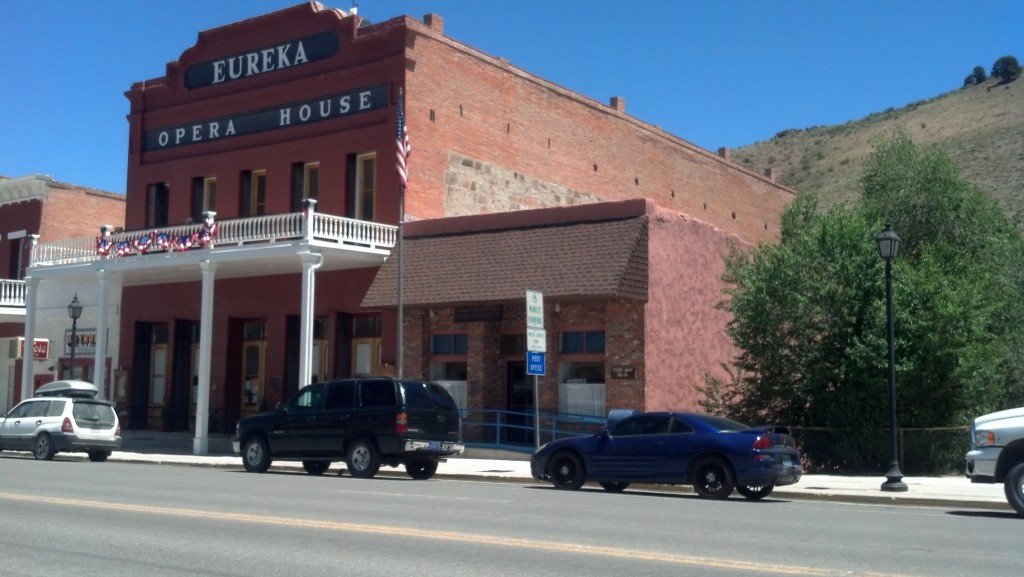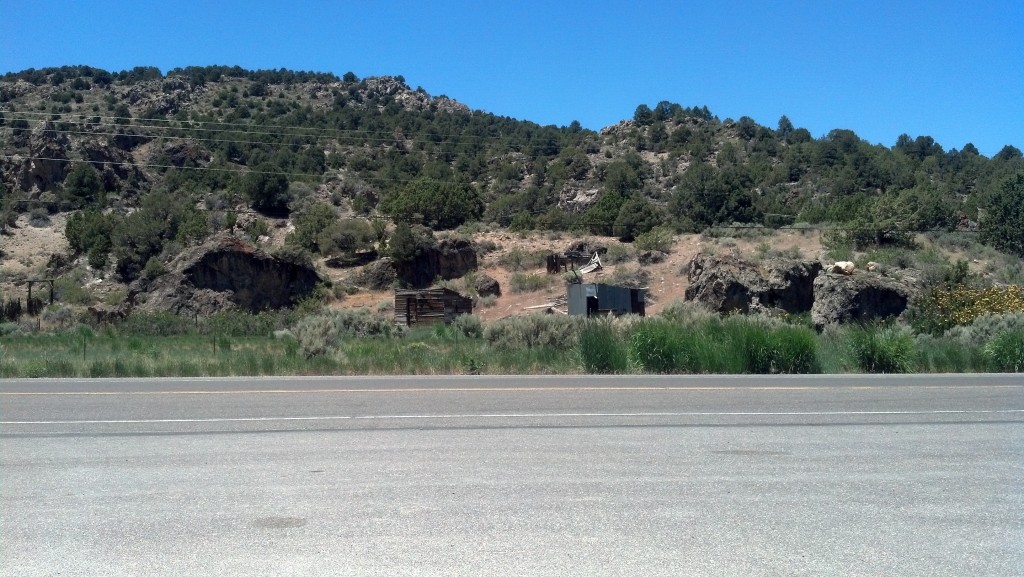 EUREKA, Nev. — This place might be the best example of an old mining town anywhere along the Lincoln Highway.
EUREKA, Nev. — This place might be the best example of an old mining town anywhere along the Lincoln Highway.
Heading into town along Main Street, the names of the crossstreets are inspired by mining — Gold, Silver, Treasure, Bullion and Mineral streets.
A historic marker on the way into town succinctly describes Eureka’s boom and bust. Naturally, a miner yelled “Eureka!” when a rich vein of silver-lead ore was discovered here in 1864 and that’s how this place got its name. (In ancient Greek, “Eureka” means “I’ve found it,” a saying that’s been attributed to Archimedes.)
Back in the days of plenty, Eureka had plenty of smelters — 16, to be exact. And saloons, too. One-hundred of them.
As Pete Davies noted in American Road, Eureka was once home to 9,000 people and with an abundance of smelting, it was called the Pittsburgh of the West, “with toxic air to match.”
By the early 1890s, Eureka’s glory days were waning. But the legacy of that late 19th century prosperity remains, with hints of the good, the bad and the dangerous.
Post continues below …
Today, there are only about 600 people who live in the town itself. There are only about 2,000 residents in all of Eureka County, according to a 2012 U.S. Census Bureau estimate.
These days, Eureka promotes itself as the “friendliest town” along “Loneliest Road in America.” There’s not much competition.
Along U.S. 50, the nearest towns are about 70 miles away in either direction. In Eureka, there’s a handful of motels, gas stations and restaurants. The restored opera house is used for conventions and exhibition space.
In 2007, Rick Sabek of WQED-TV in Pittsburgh documented his trip along the Lincoln Highway and described the slag piles that greet travelers entering town:
As we drove into town, there was a familiar looking pile of slag on the right side of the road. We felt at home. We Pittsburghers know slag piles. The one at the east end of Eureka was blacker than most around Pittsburgh, but they weren’t making steel here, they were trying to get impurities out of ore. There was lots of lead mixed in with the silver. Both minerals proved to be valuable. The nineteenth century skies darkened with smoke. And this slag was the leftover waste that no one wanted. Pile it up.
In 2012, testing by the Nevada Department of Environmental Protection, the Nevada Department of Health and the U.S. Environmental Protection Agency found “lead and arsenic levels at or above for which the EPA recommends additional investigation to evaluate and address potential human health effects.”
Additional testing was conducted earlier this year.
High levels of lead and arsenic, naturally, were detected in the slag piles at the edge if town. Nobody may want that waste, but in mining towns like Eureka, those slag piles can’t be ignored.




Mike,
Good stuff. Gosh, if only I’d known you were on US 50. I was in Eureka two days ago.
Pingback: Last Chance for Desolation Along America’s Not-So-Loneliest Road | The Lincoln Highway Guide